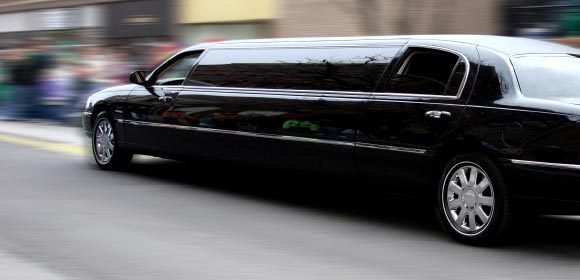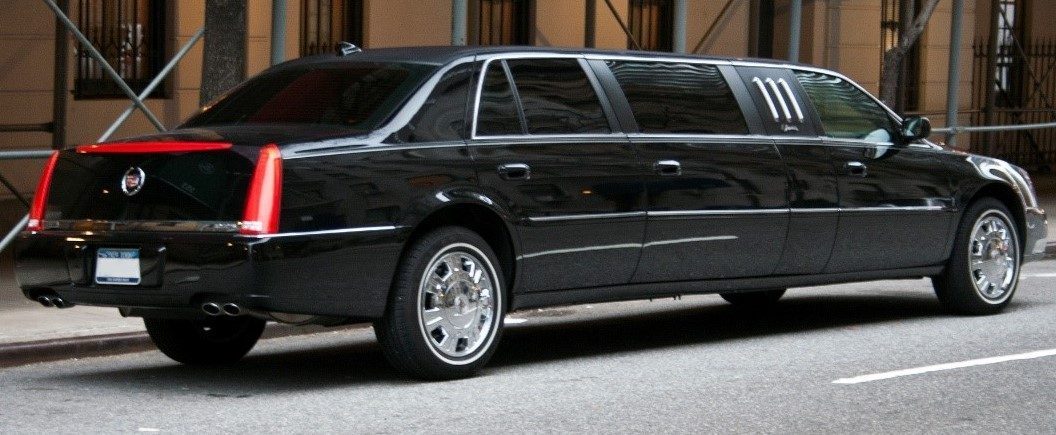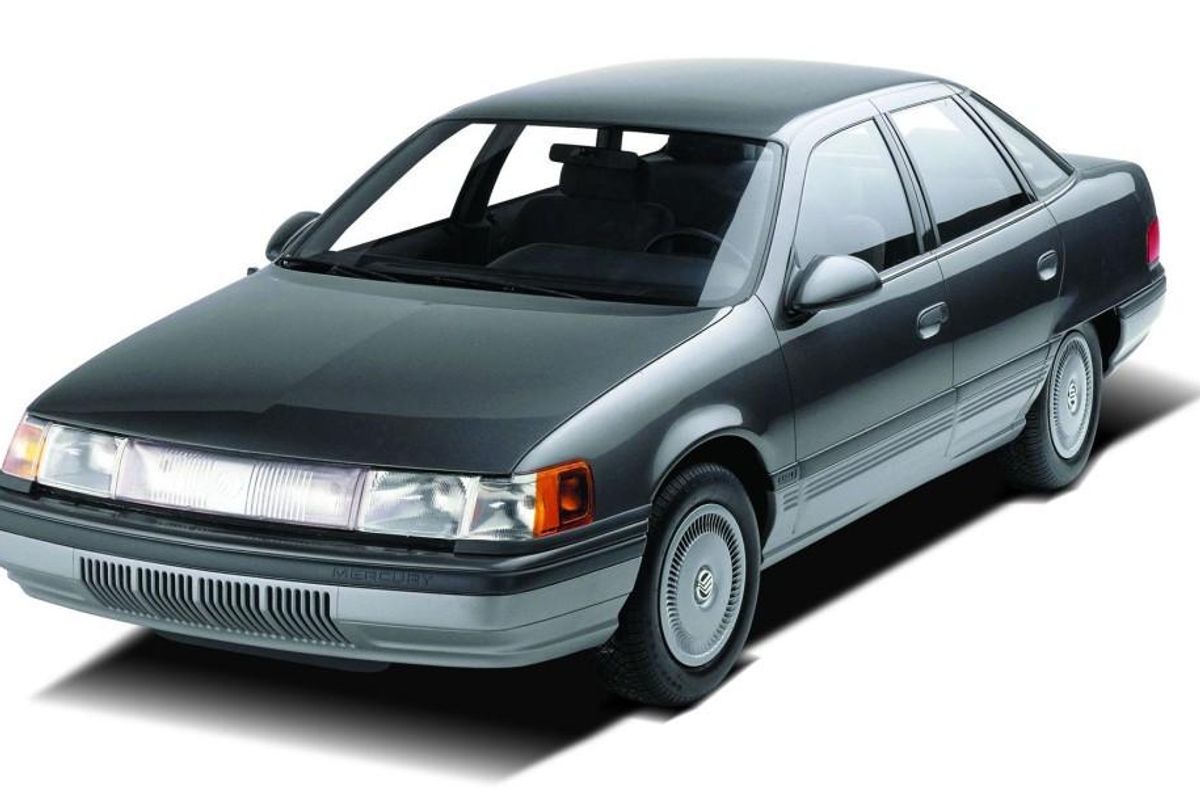How to Become a Limo Driver
Limousine drivers, also known as chauffeurs, belong to the transportation service industry. They operate various types of luxury vehicles and are trained in different skills. Chauffeurs tend to develop closer relationships with their passengers in comparison with bus or taxi drivers, due to the nature of their specific work requirements.

Your Responsibilities as a Limo Driver
Unlike other members of the transportation industry, like taxi or bus drivers, chauffeurs are often required to plan their clients’ itineraries or play a secretarial role. Limo drivers, more than anyone else in their industry, encounter politicians, businessmen, athletes and celebrities as passengers. They take these passengers on organized trips, usually in limousines, but also in all sorts of other luxury vehicles like passenger vans and party buses. Because of this position and its unique requirements, customer service plays a large part in the limo driver’s skill set.
Limo drivers are responsible for picking up clients and transporting them to high-profile events and destinations of importance. These can be weddings, business meetings, celebrations or hotels. A chauffeur begins their work from the moment they meet their passenger, helping load and unload luggage and carry items into hotels and airports. Limo drivers may even need to operate equipment for an elderly or disabled client. Limo drivers may work for hire, for private businesses, citizens or for a government agency. They are responsible for collecting payments and providing change and receipts if asked. Drivers assume responsibility for the cleanliness of their vehicles, as well as maintaining a well-stocked larder of beverages and snacks. Maintenance and repairs also fall under the drivers’ purview, as well as staying up-to-date on all local traffic laws.

Necessary Education & Training
A high school diploma or its equivalent is required before becoming a limo driver. As another prerequisite, limousine drivers must be licensed to drive within the state in which they live. Agencies and companies will then examine the driving record of a potential chauffeur to ensure it’s clean. Agencies and companies will also require any and all potential drivers to participate and successfully pass drug and criminal background screenings. When these requirements are met, most companies will provide their new limo drivers with additional on-the-job training. If a limo driver is privately employed, outside training can be obtained. Subjects covered in this training include, but are not limited to:
- Local traffic laws
- Driver safety
- Local street layout
Learn About The Transportation Industry

While limo drivers from an agency or business will typically be assigned a client or client list, self-employed chauffeurs are responsible for promoting their own services. Transportation agencies will pay for marketing and advertising to garner attention from as many separate customers as possible — this makes the limo company a competitor in multiple markets, increasing the company’s exposure. Smaller chauffeur businesses will usually attempt to partner or contract with a major firm or company. This way, while not possessing a large number of vehicles or staff, a single limo driver can ensure consistent work and an opportunity to grow in size and reputation.
Limo drivers keep structured work schedules, not typical 9-to-5 hours. Chauffeurs work the hours their clients require, some remaining on call 24 hours a day and prepared to drive their clients at a moment’s notice. Limo drivers not only have the opportunity to garner new experiences and broaden their skill set, but it’s a profession that statistically pays well.
Subscribe To Best Cars Guide
Did you find this article helpful? Are you a car enthusiast that loves to stay up to date on car news? If so, consider subscribing to Best Cars Guide to never miss an article! I keep the blog updated regularly with the latest news regarding everything automotive!




